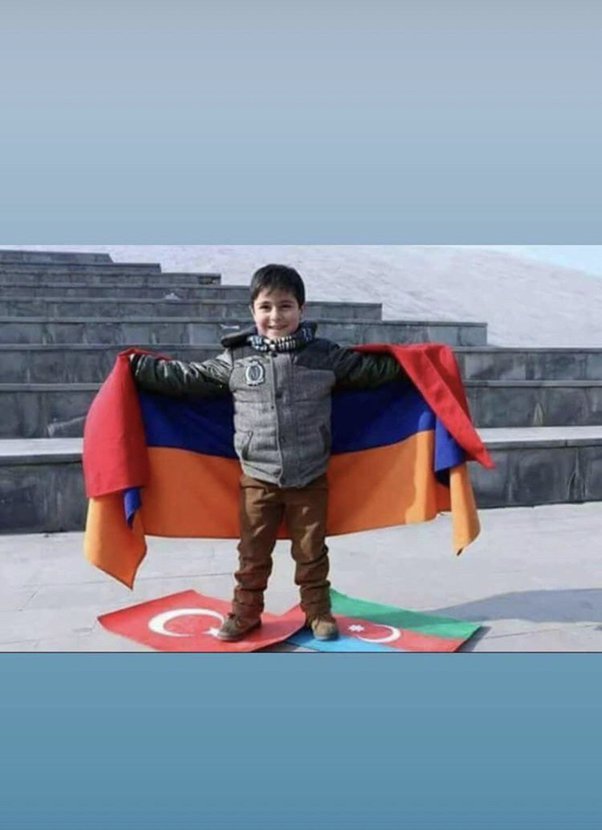Name of the book: Lies,Lies and More Lies
Author: Col Masud Akhtar Shaikh (R)
Reviewed by: Col Ghulam Sarwar (R)
Published by: Encore, Islamabad
Pages: 250
A reputed Pakistani scholar of the Turkish language and literature, Col Masud Akhtar Shaikh is the proud author of sixteen books and some of these are translations from Turkish literature. A few more books, I understand, are in the pipeline. Besides, writing books on Turkish literature, he has carried out an indepth analysis of the Armenian issue and in the process has exploded the myth of the Armenian genocide by the Ottoman Turks. He has convincingly brought out that the issue of genocide is a total hoax and has nothing to do with facts on ground. He holds that this “hoax” was woven by some Christian powers during World War I, as a part of their vicious propaganda against the Turks. Col Shaikh, on the other hand, makes us believe that the myth of Armenian genocide by the ottoman Turks, was designed to cover up the genocide of the Turks at the hands of the Armenians.
It is extremely deplorable that the propaganda against the Turks has so successfully been launched that the world has seriously started believing that the Armenians were the most oppressed nation in the world and that the Ottoman Turks had mercilessly subjected them to genocide and for this, the Turkish Republic should accept responsibility. The learned author feels that it is high time that this myth is exposed threadbare.
From the narrative, we learn that knowing that the Ottoman government would not easily agree to further disintegration of the Empire, the Americans had adopted the policy of terrorism on an extensive scale. Gradually, the terrorist operations engineered by the Armenians had become so frequent and so widespread, that it had become almost impossible to keep a count of the number of Turks killed by the Armenians. It was also difficult to assess the value of Turkish assets that were destroyed by the latter. To put facts in their proper perspective, the author makes us believe that during the Ottoman Empire, there was no bar or prejudice against the employment of Armenians in any government or ministry. Also, there was no objection to their elevation to the higher echelons of the bureaucratic hierarchy. This situation continued right upto the end of World War I. This fact was borne out by the Report of the Commission led by General Horbord, and presented to the American Senate. This Commission had carried out a study on the status of Armenians in Antolia and Russia at the end of the Great War.
The report had stated that the Turkish people and the Armenians had been living side by side on friendly and peaceful terms. In fact, the Armenians had lived in peace and prosperity for many centuries as the loyal citizens of the Ottoman Empire, enjoying full confidence of the Ottoman Rulers. However, starting from the last quarter of the 19th century, this situation had started undergoing a drastic change in relation between the Turks and the Armenians. Thus, through cunning mechanism of the Big Powers, the age-old brotherly feelings between the two communities were gradually replaced by feelings of mutual hatred and acrimony. With regard to geo-political importance of Turks, the author brings out that all along history, Turkey had remained the centre of attraction for various powers, because of its extremely important strategic and geo-political location. Obviously, it had served as a bridge between Europe and Asia. To add to its importance, we see that it controlled two highly important straits, the Dardanelles and the Istanbul straits (Bosophorus), which provided passage between the Mediterranean Sea and the Black Sea. It was located at a nodal point where the natural energy resources of Asia, Caucasus and Middle East intersect each other. In view of this enviable position, Turkey has always been the centre piece of plots and conspiracies hatched against it by big powers. Further, we learn from the narrative that Armenia is in dire need of economic developments, both in the industrial and the agricultural sectors. For this, it has to rely on outside help in terms of technical know-how, heavy equipment and machinery and external investment. With the present strained relations with Azerbaijan, Turkey, Georgia and to some extent, Iran, it would be futile on the part of Armenia to expect desired goodwill from any of these countries. In view of above constraints, what Armenia needs in the immediate future is a friendly Turkey, a friendly Azerbaijan and a friendly Georgia. All these neighbouring countries can be of a great assistance to Armenia in its economic and social development as well as its security as an independent nation. It is in Armenia’s own interest to realise that no attempt at reconciliation can be successful unless the outside powers, namely Russia, America and France realise that their respective national interests can be served better if durable peace prevails in the region. By contributing towards accelerated economic and industrial development of the region, these powers can also reap rich dividends in terms of greater opportunities for secure investment in the whole region. International development and financial agencies would also be encouraged to invest substantial funds for speedy regional development. This done, hopefully, within a short period, Armenia would no longer remain a permanent liability for Russia and America, as well as for rest of the Christian world, as it has been for the last many decades. So, in the interest of Armenian people, it is imperative that Russia, America and France, voluntarily lend their support in paving the way for inter-state reconciliation in the region.
Source: www.pakobserver.net, May 24 2009
